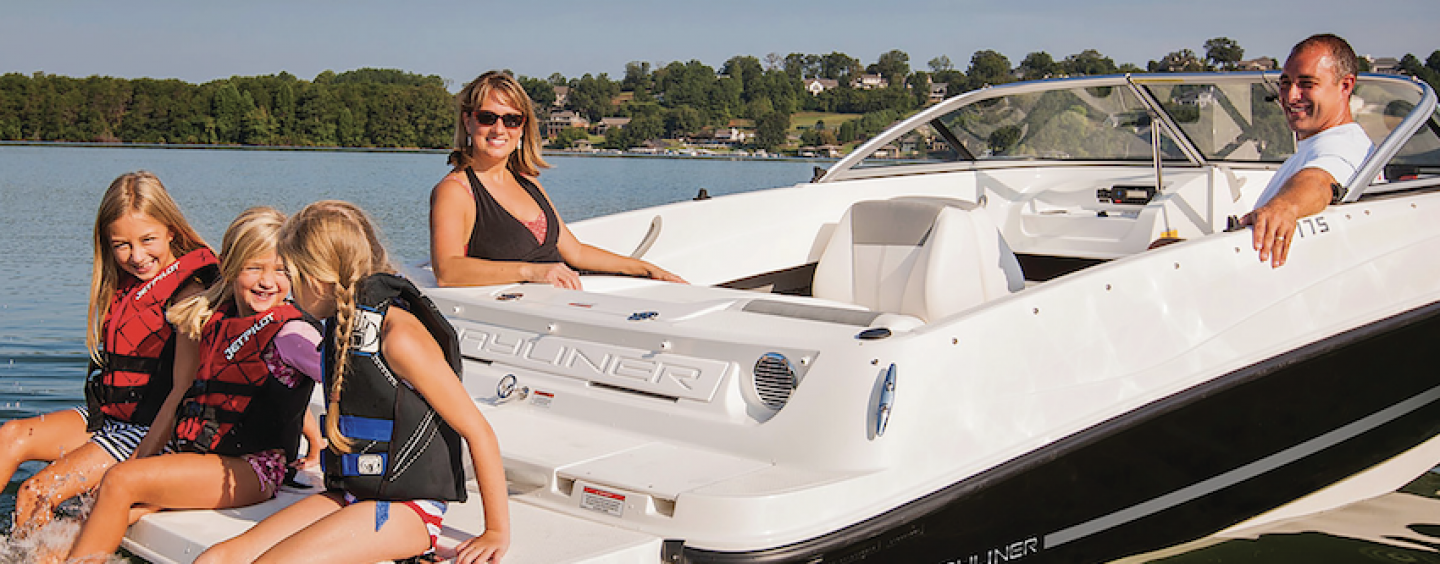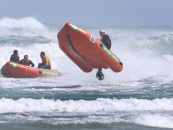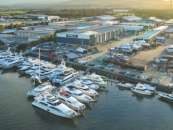Lifejackets, or personal floatation devices (PFD), are an essential part of spending time out on the water. Many boaties struggle to know which lifejacket to buy for themselves and their family members, especially with so many different options available.
When deciding which type of PFD to buy, Peter Campbell-Burns, director of MarineSafe Australia, says it depends on the water activities you will be using the product. Lifejackets are constructed in numerous sizes and weight ranges to suit everyone, from infants to adults.
Peter says, “When purchasing, pay particular attention to selecting the correct weight range or Newton rating of the PFD. Ensure it’s appropriate to the weight of the wearer. Failure to do so is illegal and, more importantly, can have fatal consequences. If purchasing an infant’s or child’s lifejacket, obtain their weight before leaving home.”
Two popular PFD options are ski vests and buoyancy vests. “Ski vests are designed for water skiing, jet skis, and various other high-speed water sports,” says Peter. “These vests utilise stylish, non-regulated safety colours, as the wearer is under constant supervision. This type of PFD should always be worn firmly against the body, with all fastenings closed.”
Buoyancy vests are worn by people who go kayaking, canoeing, or who engage in other unpowered water sports. Peter says, “They’re manufactured in regulation hi-vis colours and fitted with retro-reflective tapes for detection at night.”
Use ski vests and buoyancy vests on enclosed and smooth waterways, including rivers, creeks, and dams. Peter notes, “They’re not fitted with a floatation collar to support the head, so they usually have less buoyancy than a PFD designed for open water and offshore use.”
If you and others in your group will be out on the open water, opt for a different type of lifejacket. ‘Closed Cell’ Foam 87N (87 Newtons of buoyancy) lifejackets have been the industry standard for most people on small, privately-operated powercraft for years, but these have declined in popularity. According to Peter, “They afford the user a good level of buoyancy and safety, but they’re not the most comfortable PFD to wear.”
What has sold better in recent times is the CO2 inflatable variety of lifejackets for open water
use. Peter notes, “Inflatable lifejackets are far less obtrusive and therefore are much more likely to be worn more often. This is their main benefit.”
People heading out into open water should choose a lifejacket with 150N of buoyancy (for adults), as this will keep the wearer’s mouth and airways well clear of the water. These products come with hi-vis buoyancy fabrics, a whistle, and retro-reflective tapes. But if you engage in night-time fishing, you can also buy a water-activated light for additional safety.
To ensure inflatable lifejackets perform, wear them correctly.“They must be worn firmly to the body and fitted with a crotch strap to prevent ‘ride up’. [This is where the user’s mouth rides lower in the water, and secondary drowning can still occur.] Crotch straps are standard on infant lifejackets but are highly recommended for adult sizes,” advises Peter.
If you plan to participate in ocean racing on yachts, choose a lifejacket designed for this kind of activity. These floatation products have higher buoyancy capacities. “This compensates for the weight of foul weather and thermal protective clothing,” Peter explains. These lifejackets come fitted with a harness and tether point for attachment to the yacht. Plus, spray hoods are provided to prevent secondary drowning in vast and broken sea conditions.”
Ocean yacht racing lifejackets also boast an array of other features. “They come with enhanced water- activated lighting systems and can be fitted with PLBs (Personal Location Beacons) and MOBs (Man Overboard Beacons), so the vessel is notified immediately of a MOB situation,” says Peter. “Both these beacons contain integral GPS transponders for a swift recovery.”
To purchase lifejackets for your boat, always buy accredited products that adhere to regulations. Get advice from a trusted, experienced seller of floatation devices who knows all the ins and outs of safety equipment.
For more information about MarineSafe Australia, a 29-year-old DNV-accredited service facility, head to www.MarineSafe.com.au.
IMPORTANT Under Queensland laws, it is compulsory to wear a lifejacket when crossing a designated coastal bar in an open boat that is less than 4.8m in length, and if under 12 years old, in an open boat that is less than 4.8m in length and underway. Always check local regulations for the latest details about when, where, and by whom lifejackets should be worn. (msq.qld.gov.au)
Published in the April – July 2020 print edition.



























